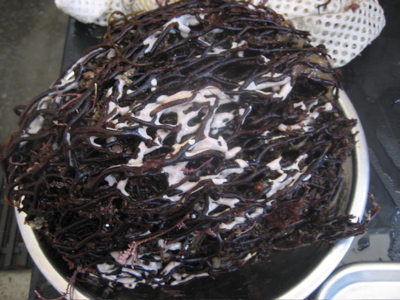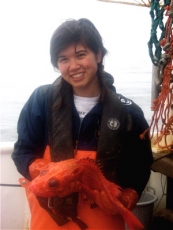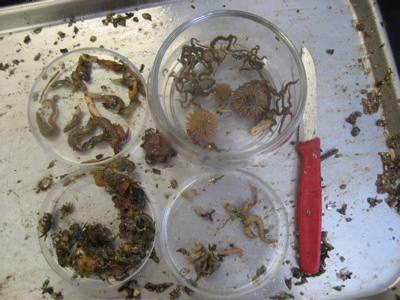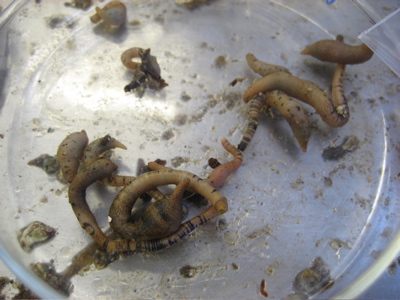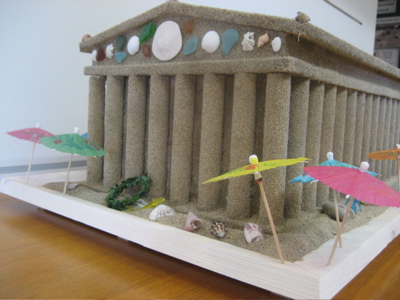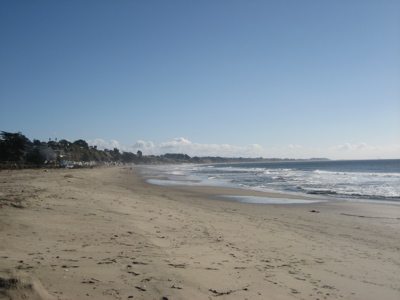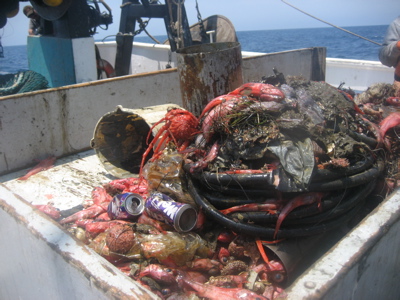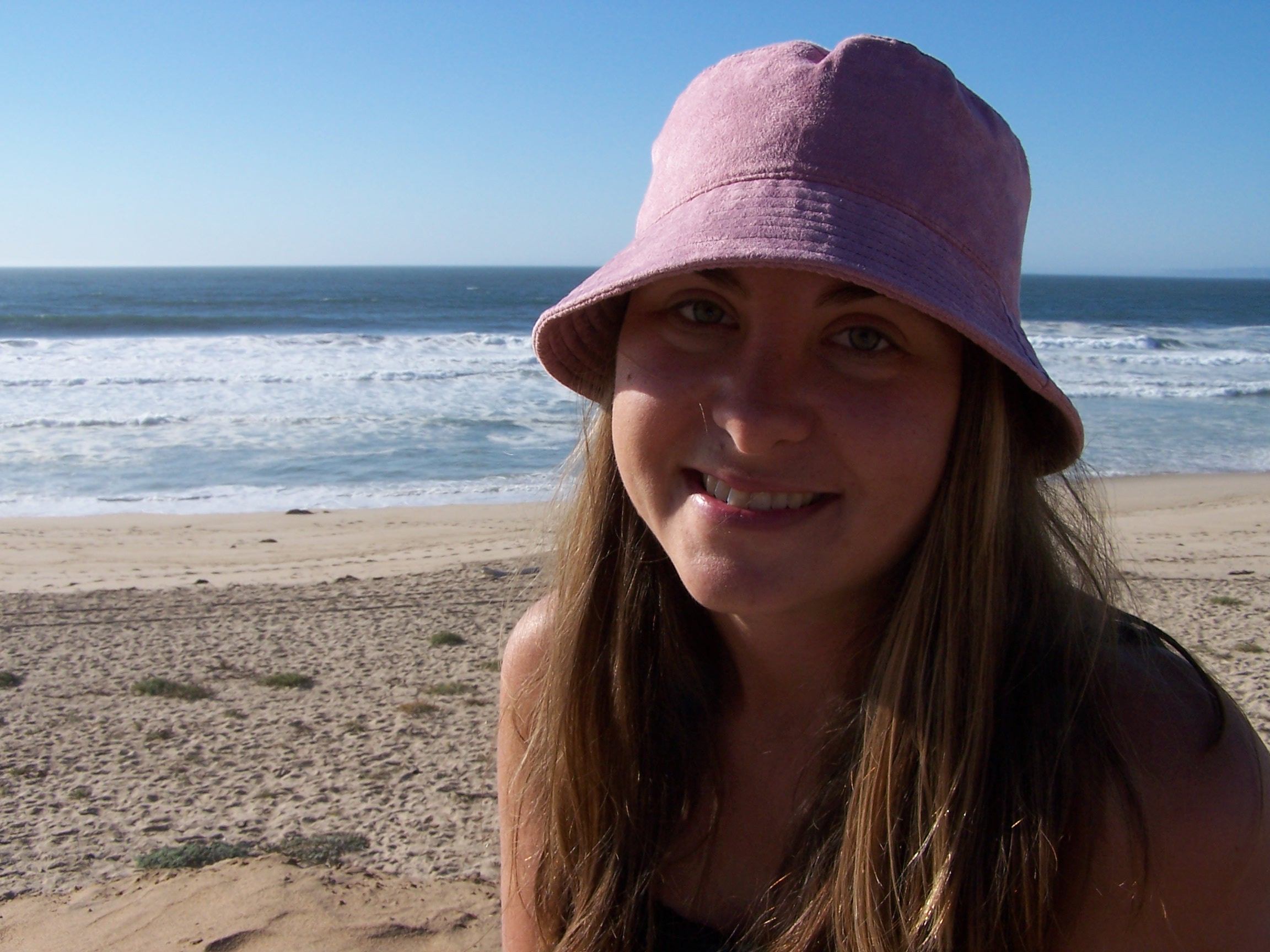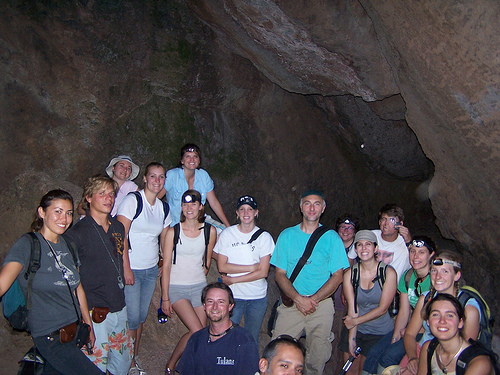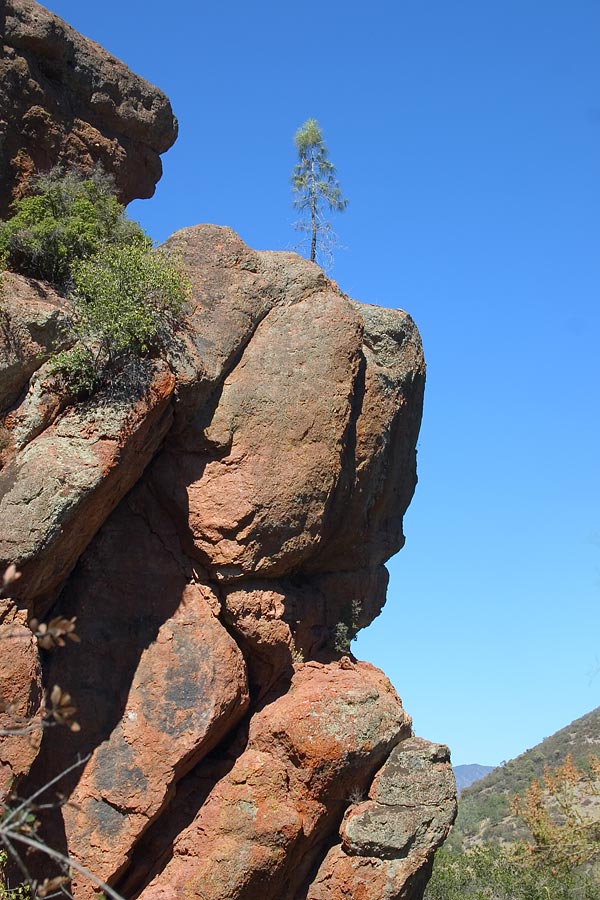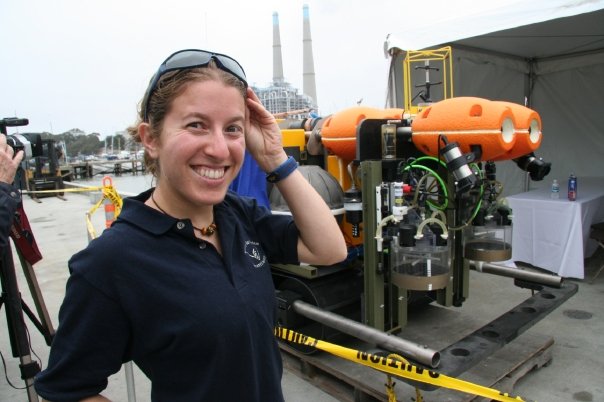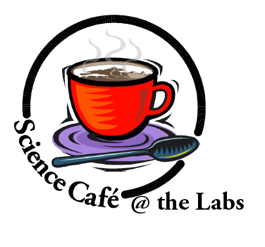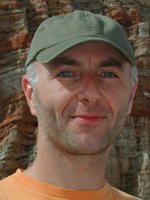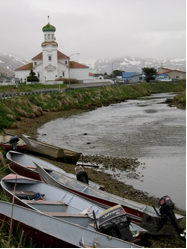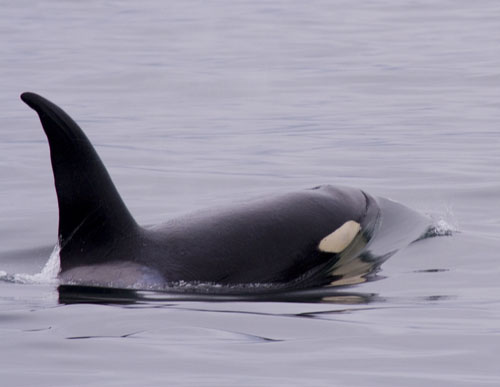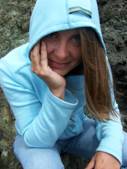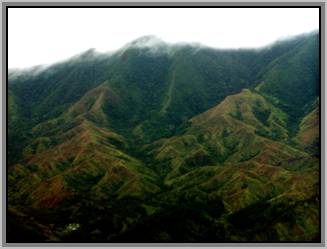
by Nate Jones, Vertebrate Ecology Lab
June 5, 2008: I am finally out counting seabirds! Fulmars flap, storm petrels flit, and murres paddle along the still ocean waters. Perhaps the Bering Sea is finally settling down for some summer sleep. At times the surface is so smooth I can see the silhouette of my own shape, dancing in reflection on its silky surface. The days are long, though the light is dimmed by the heavy, intermittent fog and constant overcast. It is difficult to judge distances in this lighting. Our world spans a continuum between black and white, but we see little color. Everything is some shade of gray; the sky, the horizon, the water. From our perch, 40 feet high up on the bridge of the boat, the whole experience is quite surreal. Sometimes the view seems unchanging, and it is difficult to tell if we’re even moving at all!

Luckily, there are birds to punctuate this monotonous tranquility! So far we’ve seen fulmars, kittiwakes, puffins, murres, storm petrels, and shearwaters. Fulmars and shearwaters are closely related, considered to be in the same taxonomic family. These birds travel great distances at sea – thousands of miles – to follow the seasons and stay near productive ocean hotspots. They race past me on strong steady wings, arcing and diving if it’s windy, brushing within inches of the wavelets and then climbing abruptly above the ship. When it’s calm they speed along with stiff, powerful wingbeats.
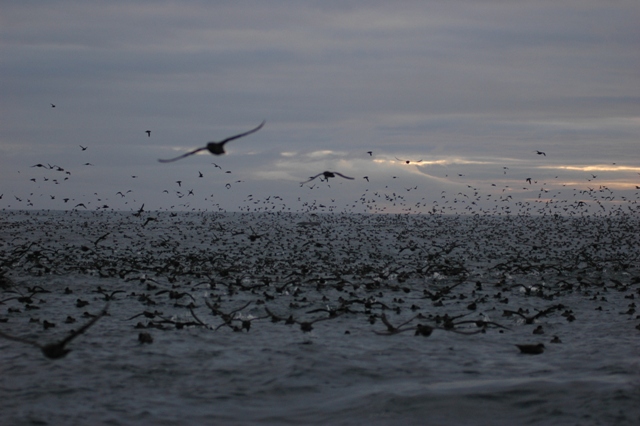
We see tremendous color variation in fulmars. Some are almost white, others a near uniform dark brown, and many more are some mix in between, splotched and peppered with contrasting feathers. Read more


